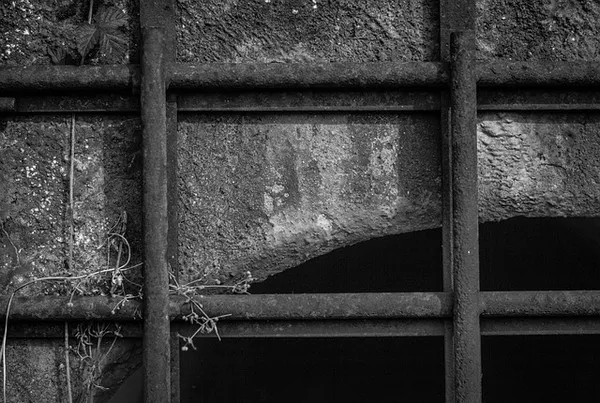Sewage treatment is a vital component of modern infrastructure that safeguards public health and the environment by managing and purifying wastewater before it is released into natural water bodies or reused. The process of sewage treatment involves multiple stages, each designed to remove various pollutants and contaminants from wastewater. In this article, we will explore the three primary stages of sewage treatment, elucidating their significance and the techniques employed to ensure the effective removal of pollutants from sewage.
Stage 1: Primary Treatment
Primary treatment is the first step in sewage treatment and focuses on the physical removal of solid materials and certain organic substances. It primarily involves the use of settling tanks, screens, and skimming devices to separate the larger, non-biodegradable solids from the wastewater. Here are the key elements of primary treatment:
Screening: Wastewater from various sources, including residential, industrial, and commercial sources, is transported to a sewage treatment plant. In the first step, large screens are used to remove large debris such as sticks, rags, plastics, and other solid objects. This process prevents damage to pumps and equipment downstream and helps ensure smooth flow.
Primary Sedimentation: After screening, the wastewater is directed to primary sedimentation tanks, where it remains still for a specified period, typically 1-2 hours. During this time, gravity allows solid particles to settle at the bottom of the tank, forming a sludge layer. The lighter, greasy materials and oils float to the surface and are removed, forming a scum layer. The clarified wastewater, which is free of larger solids, is then channeled to the secondary treatment stage.
Sludge Management: The sludge collected at the bottom of the primary sedimentation tanks is periodically removed, treated, and disposed of. Sludge treatment and disposal methods vary but may include thickening, dewatering, and incineration or land application.
Primary treatment plays a pivotal role in removing solid materials and certain pollutants, but it does not address dissolved organic matter, pathogens, or nutrients found in sewage. As a result, secondary treatment is necessary to further purify the wastewater.
Stage 2: Secondary Treatment
Secondary treatment is the biological stage of sewage treatment, focusing on the removal of dissolved and biodegradable organic matter, as well as the reduction of pathogenic microorganisms. The primary purpose of secondary treatment is to break down the remaining organic materials through biological processes. The two main methods for achieving this are the activated sludge process and the trickling filter process:
Activated Sludge Process: In this method, wastewater is mixed with a culture of microorganisms, including bacteria and protozoa, in aeration tanks. Oxygen is introduced to promote the growth and activity of these microorganisms, which metabolize the organic matter, transforming it into carbon dioxide, water, and more microorganisms. After aeration, the wastewater passes to secondary sedimentation tanks, where the biological floc (sludge) settles to the bottom, leaving clear, treated water at the top. Some of the settled sludge is returned to the aeration tank to maintain the population of microorganisms.
Trickling Filter Process: In this process, sewage is distributed over a bed of rock or synthetic media, creating a favorable environment for attached microorganisms to grow. As wastewater trickles over this media, microorganisms break down organic matter. The treated effluent is then collected and sent for further processing. This method is particularly effective at removing organic pollutants and provides a stable habitat for microorganisms.
Secondary treatment is highly effective at reducing organic pollutants and pathogenic organisms, ensuring that the treated water is safe for release into natural water bodies. However, it may not sufficiently address certain nutrients, such as nitrogen and phosphorus. Therefore, some treatment plants incorporate tertiary treatment processes to further refine the effluent.
Stage 3: Tertiary Treatment
Tertiary treatment is the final step in sewage treatment, designed to further improve the quality of the effluent by removing remaining contaminants, nutrients, and impurities. This stage is particularly important when the treated wastewater is intended for reuse, or when discharge into sensitive environments is required. Here are the key components of tertiary treatment:
Filtration: Filtration is an essential process in tertiary treatment that removes fine suspended particles and microorganisms that may have survived the secondary treatment stage. Filters, such as sand or microstrainers, are used to achieve this level of purification.
Chemical Precipitation: In some cases, chemicals like alum or ferric chloride are added to the wastewater to form solid particles that can be more easily separated from the liquid. This is particularly effective for removing phosphorus and other dissolved nutrients.
Disinfection: After filtration and chemical treatment, the treated wastewater is disinfected to eliminate any remaining pathogenic microorganisms. Chlorine, ultraviolet (UV) light, or ozone may be used for this purpose, depending on the plant’s design and local regulations.
Nutrient Removal: Tertiary treatment can also include the removal of excess nutrients like nitrogen and phosphorus, which are often responsible for water pollution and the development of harmful algal blooms in natural water bodies. Various methods, such as biological nutrient removal (BNR), are employed to achieve this goal.
Conclusion
Sewage treatment is a complex and multi-stage process that is essential for safeguarding public health and protecting the environment. The three primary stages of sewage treatment, including primary, secondary, and tertiary treatment, work together to remove solid materials, organic matter, and contaminants from wastewater, resulting in treated effluent that is safe for discharge into natural water bodies or for reuse.
The effectiveness of sewage treatment is crucial in maintaining the quality of water resources, preserving aquatic ecosystems, and mitigating the impact of pollution. As wastewater generation continues to rise with urbanization and industrial growth, the development and improvement of sewage treatment technologies remain a critical endeavor. It is essential to invest in modern and sustainable sewage treatment practices to ensure a clean and safe environment for current and future generations.


